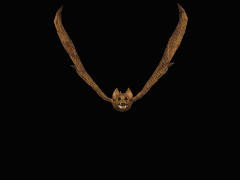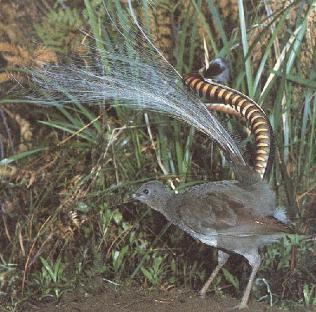


|
Oscine:
A songbird or oscine is a bird belonging to the suborder Passeri of Passeriformes (ca. 4000 species), in which the vocal organ is developed in such a way as to produce various sound notes, commonly known as bird song. Songbirds evolved about 50 million years ago in the western part of Gondwana that later became Australia, New Zealand and Antarctica and later spread around the world. This 'bird song' is essentially territorial in that it communicates the identity and whereabouts of an individual to other birds and also signals sexual intentions. It is not to be confused with bird calls which are used for alarms and contact. They are especially important in birds that feed or migrate in flocks. Other birds have songs to attract mates or hold territory, but these are usually simple and repetitive, lacking the variety of many passerine songs. The monotonous repetition of the Common Cuckoo or Little Crake can be contrasted with the variety of a Nightingale or Marsh Warbler. Although many songbirds have songs which are pleasant to the human ear, this is not invariably the case. Many members of the crow family make croaks or screeches which sound harsh to humans. Under the Sibley-Ahlquist taxonomy this suborder is divided into two parvorders, Corvida and Passerida. However, more recent research is casting doubt on the existence of Corvida as single parvorder, but given the present lack of any generally accepted redivision of Corvida into two or more groupings at the parvorder level, the families of suborder Passeri are listed below as being in either Corvida or Passerida.
|
